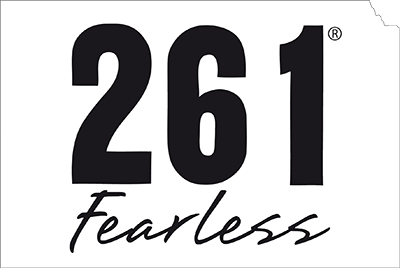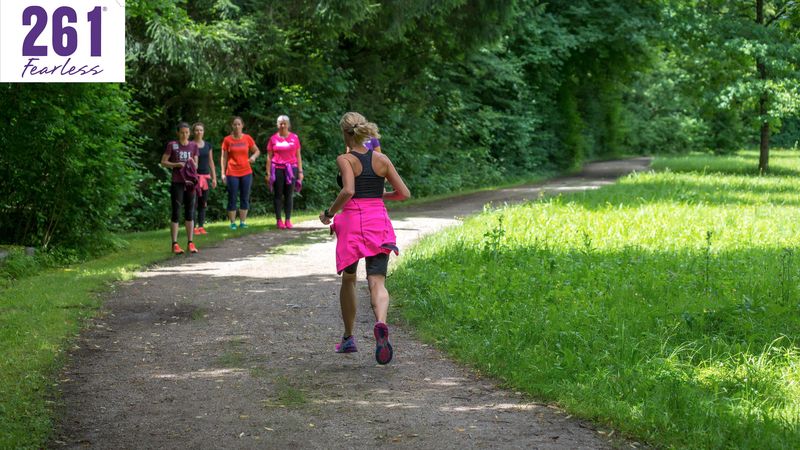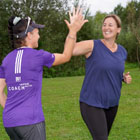Welcome to the second blog in this running niggles series. Last time we tackled blisters and we’re sticking with the skin theme and this time talking about chafing.
What is chafing?
Skin’s outer layer is called the epidermis. The cells that make it up have moved their way from deeper skin layers. By the time they reach the surface they are mature and ready to face life on the outside. It’s not an easy life either, they have to be tough to be the outer barrier of our bodies.
When the top layer of skin is worn away, for example by friction from rubbing clothes, the deeper, less mature cells are exposed. They aren’t yet ready to be on the outside and are softer and more delicate. There may even be bleeding if any superficial blood vessels are exposed and damaged. Irritation of the tiny, superficial skin nerves cause soreness and pain. This can be particularly intense when you hop into your shower post run and hot water hits your chafed skin!
Why does chafing happen?
Clothes, particularly seams, waist or chest bands can obviously cause chafing, especially if they are poorly fitted, however skin rubbing against skin is a common cause too. Inner thighs, armpits and under the breasts are frequent chafing sites. Unfortunately, dampness makes chafing more likely so whether it’s sweat covered skin or damp clothes, runners are very prone to skin damage, particularly over long distances and on hot or wet days.
How can I prevent chafing?
Thankfully there are steps you can take to reduce and prevent chafing. Here are some simple things you can try:
· Choose well fitted clothes that sit close to your skin rather than baggy styles
· Find styles and shapes that protect your ‘hot spot’ areas e.g. running shorts with a longer leg or a seam free sports bra
· Opt for breathable fabrics that wick sweat away from your skin and dry quickly
· Use a skin barrier cream such as petroleum jelly on your skin before you run, applying plenty to areas where rubbing may occur. Reapply during a long.
· Consider a change of bra, t-shirt or shorts on long distance runs
What’s the best way to treat chafing?
Superficial chafing will heal quickly, usually within a few days. You need to protect it whilst this is happening. After washing it gently and drying it carefully, apply a barrier cream such as a baby’s nappy cream. If necessary apply a non-stick, breathable dressing or gauze to stop the sore skin rubbing on your clothes. Keep the area as clean and dry as possible. Watch for spreading redness, stickiness, discharge or an odd smell coming from the wound, this might indicate infection is present in which case you should speak to your pharmacist, nurse or doctor.
Thankfully most chafing is a mild inconvenience and runners quickly learn to avoid it and only get caught out from time to time. We’d love to hear your chafing stories and how you’ve learned to avoid and treat it!


